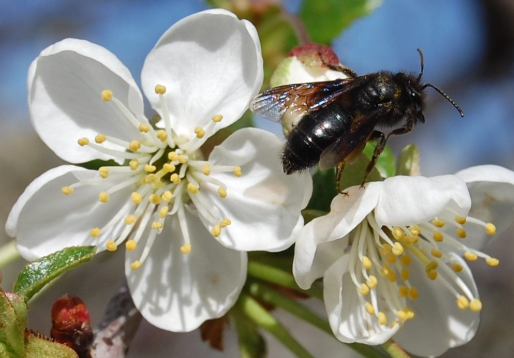Protecting Global Pollinators – Key Facts
Importance of Diverse Pollinator Habitats
Diverse habitats with ample flowers can reduce disease spread among pollinators. When pollinators share habitats, they risk transmitting pathogens. A study in Switzerland revealed elevated pathogen levels in wild bees sharing flowers with managed honey bees.
Pathogen Spillover and Spillback
Pathogen spillover occurs when diseases transfer from managed to wild pollinators. This can lead to increased virus prevalence in wild species. Managed honey bees can carry viruses that infect wild populations, worsening their health. Research indicates that this phenomenon is important in regions with overlapping habitats.
Bees in India
India hosts over 700 bee species, including four native honey bees. Western honey bees were introduced in 1983 to enhance honey production. A important virus outbreak in the early 1990s devastated Asiatic honey bee colonies. The Thai sacbrood virus, which emerged again in 2021, poses a severe threat to these bees.
Impact of Managed Honey Bee Migration
Managed honey bees frequently migrate across India, which aims to access better floral resources. However, it can disrupt local bee populations. Increased competition and disease spread have been observed. In Kolhapur, the arrival of western honey bees led to local population declines and reduced honey production.
Experts call for more research on bee diseases and pollinator health. Monitoring managed honey bee colonies may help control disease transmission. About viral threats, such as the Thai sacbrood virus, is crucial. Research on pollinator ecology will aid in developing strategies to combat climate change and habitat loss.
Important Facts for Exams:
- Pathogen Spillover: Pathogen spillover refers to the transfer of diseases from managed honey bees to wild pollinators. This process increases virus prevalence in wild species .
- Thai Sacbrood Virus: The Thai sacbrood virus is threat to Asiatic honey bees. It emerged in the early 1990s and reappeared in 2021 affecting bee larvae severely.
- Pollinator Ecology: About pollinator ecology is vital for developing effective strategies. It helps address threats like climate change habitat loss and diseases affecting pollinator health.
Month: Current Affairs - November, 2024
Category: Environment Current Affairs


